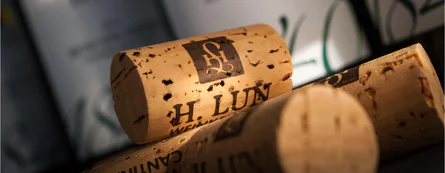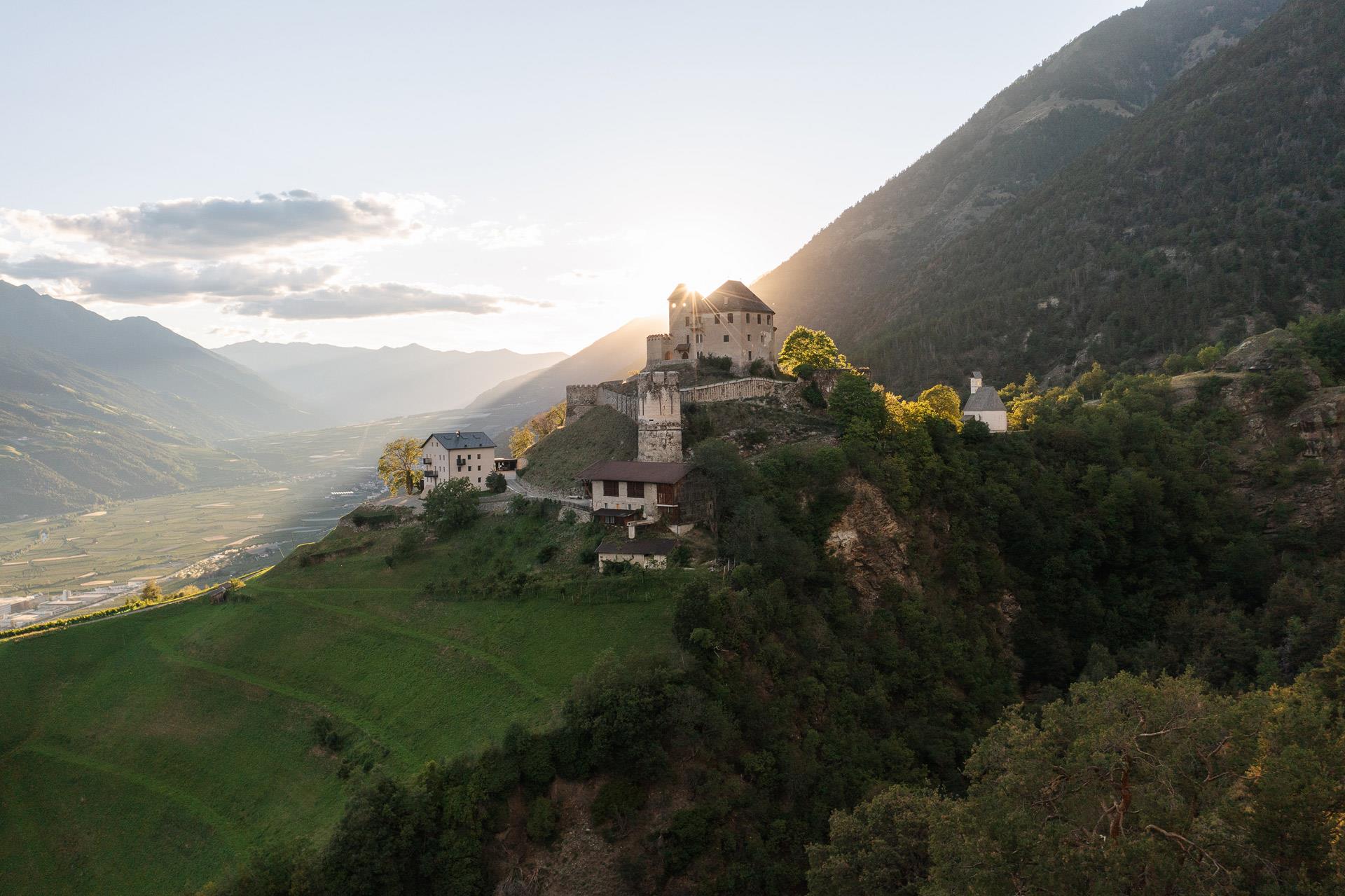In 1840, Alois H. Lun launched a wine product line for the first time that bore his name and combined exquisite wines from the best locations. Since that time, H. Lun has been regarded as a brand that has to meet the highest standards. Thus the grapes are carefully selected by winemaker Gerhard Kofler by location and quality in order to fully express the multifaceted terroir. “Both earlier on and today, the art has lain in growing each variety at the right location in order to reinforce the independent character of H. Lun wines,” Kofler says.
Thus a broad product line has been created: Pinot Blanc, Pinot Grigio, Pinot Noir, Chardonnay, Müller Thurgau, Sauvignon Blanc, Gewürztraminer, Riesling, Yellow Muscat, Lagrein, and Schiava – a cross section of the great variety found in Alto Adige wine. And not only do they find the ideal climatic conditions, the variety of soils also provides the best preconditions: “The spectrum ranges from volcanic porphyry to weathered primitive rock soils to sandy marl,” winemaker Kofler explains, “and thus every grape variety finds the most suitable substrate.”
All of this flows into the H. Lun wines, all of which still pushes the top line of the brand all the way to the pinnacle. It bears the name “Sandbichler” and stands for white wines that are intense in aroma and refined, and red wines with “comfortably lengthy aging”. But for all of them, the words of Gerhard Kofler ring true: “They are the result of a tradition that goes back many years.”






























